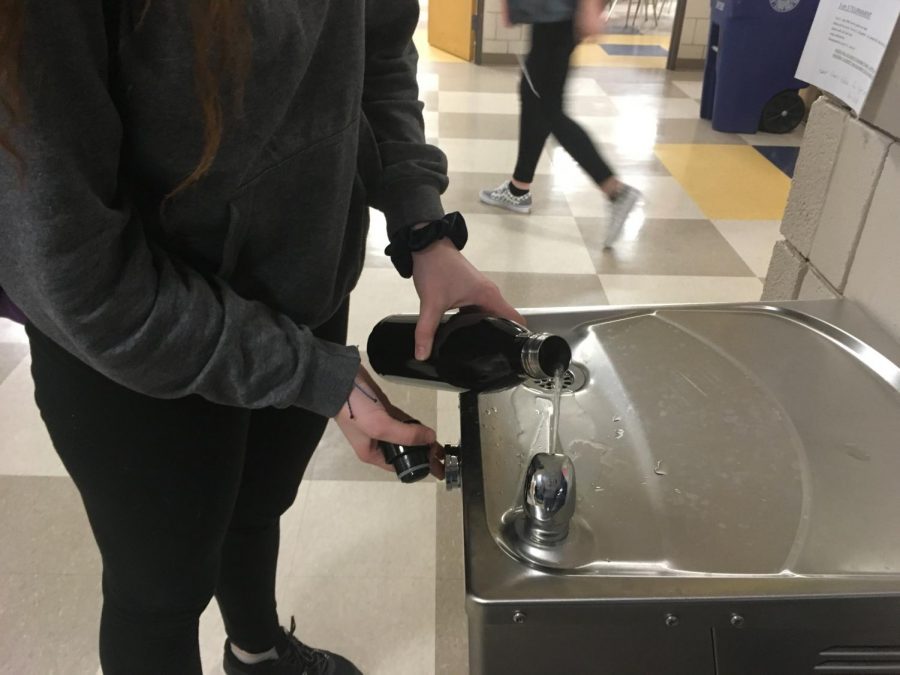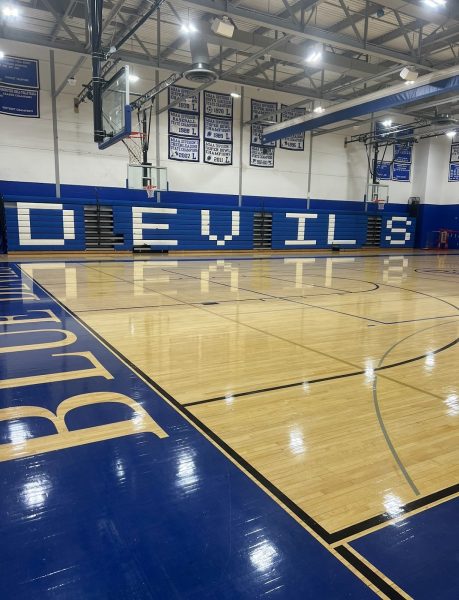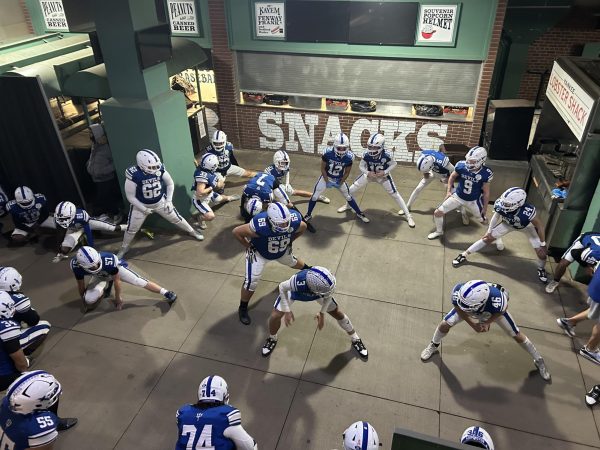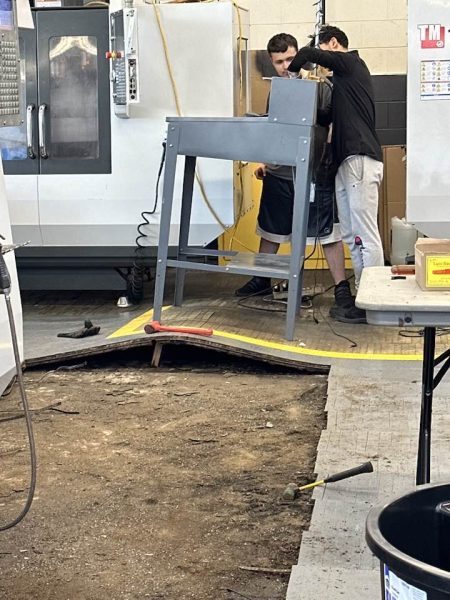Elevated Levels of Lead and Copper Found in Pipes
LHS Senior Megan Caless filling her water bottle from a bubbler at LHS
February 18, 2018
On January 9, the water testing at LHS were found elevated levels of lead and copper in water in school water, exceeding the state’s allowed amount.
The Massachusetts Action Level for lead in water is 0.015 milligrams per liter, while copper is 1.3 milligrams per liter. LHS’s school’s kitchen prep sink, teacher’s lounge sink, and nurse’s office sink all contained over double the allowed amount of lead, according to the letter recently released to LHS families. In the same letter, it was revealed that water coolers #22, 26, and 30, as well as the nurse’s office sink, contained double the amount of allowed copper as well.
In a letter sent home to families, Director of Facilities, Anthony Sciabarassi, stated how the copper might not be actually in our water, but our pipes. Health effects for both substances vary from nausea and vomiting, to liver and kidney failure, according to the letter Sciabarassi sent.
Sciabarassi also explained in the letter that all contaminated taps have been removed, and there are steps being taken to correct the problem.
Despite the negative health effect risks, LHS Nurse Kathy Gaudet said we shouldn’t worry about getting sick. “Lead in excessive amounts can cause neurological problems and problems in learning, while copper in excessive amounts can cause certain cancers.” Although she explained these are possible side effects from consuming excessive water that’s contaminated, Gaudet stated there shouldn’t be any problems, as most students just consume school water in moderation.
Students who drink school water are only at risk of illness if they consume excessive amounts, while is highly unlikely. Therefore, students shouldn’t worry about becoming ill from the school’s water supply.
Although testing will continue, Gaudet added that running the water and waiting until it’s cold before you consume it is a way to prevent consuming any excess lead and copper in affected pipes.








